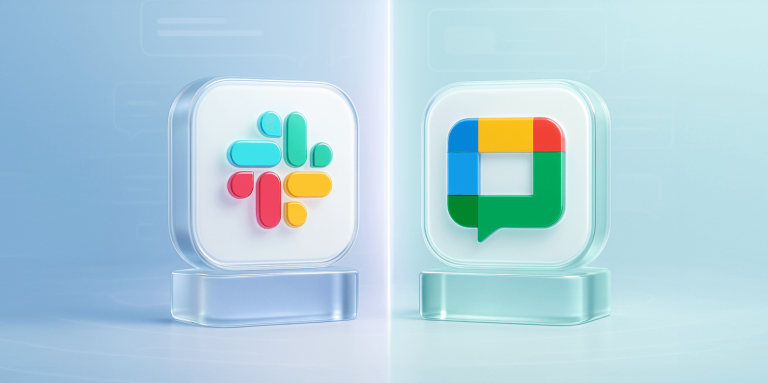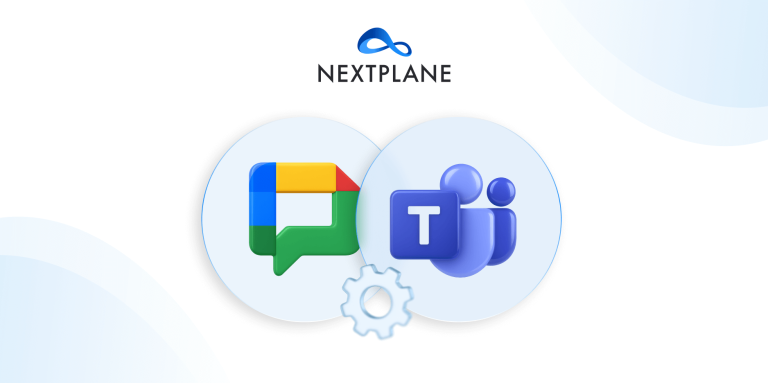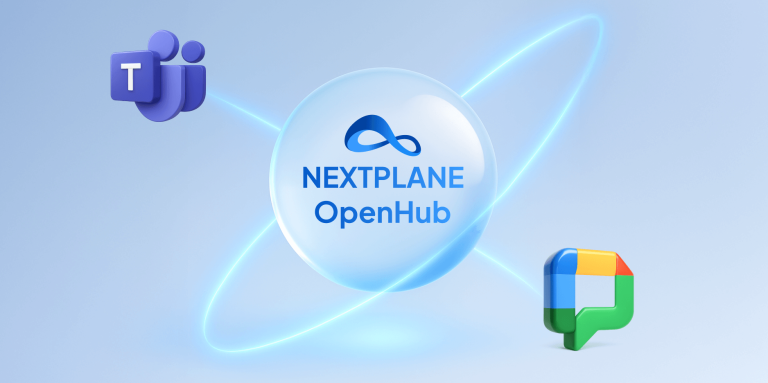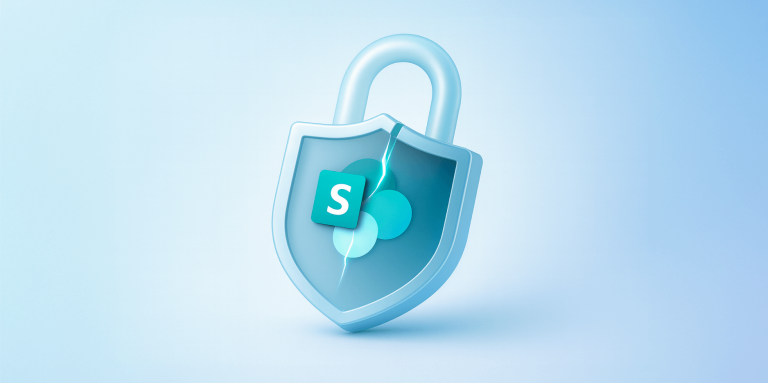The Partnership between Amazon and Slack and the Future of Enterprise Workplaces

Table of contents

Competition in the realm of collaboration platforms has driven a new partnership between Slack and Amazon. As Microsoft Teams has become a stronger competitor, Slack has been laying down a foundation for this multiyear agreement with Amazon. Since late 2019, Slack has integrated Amazon Chime into its apps. With the launch of the Amazon Chime Meeting App, teams can hold voice and video meetings on Chime from their Slack workspace.
As the pandemic has geared us towards remote work, the number of virtual meetings and use of collaboration platforms has surged. Therefore, despite the spike in their user’s rate, collaboration platforms like Zoom, Microsoft Teams, and Slack continue to compete fiercely. However, Amazon and Slack have joined forces to beat Microsoft Teams. This partnership is about who will drive “the future of enterprise workplace.”
An Overview of the AWS-Slack partnership
Slack is partnering with Amazon in a multiyear agreement that means all Amazon employees will be able to start using Slack. As part of the deal, Slack will migrate its voice and video calling features over to Amazon’s Chime platform alongside a broader adoption of Amazon Web Services (AWS).
Amazon will roll out Slack to all of its 840,000 employees is a big part of the deal. Up until the announcement, Slack’s most prominent customer has been IBM, which is rolled out Slack to its 350,000 employees.
While Slack has long used AWS to power parts of its chat app, it’s now committing to using Amazon’s cloud services as its preferred partner for storage, compute, database, security, analytics, artificial intelligence, and machine learning. It also includes future collaboration features, such as virtual reality, and augmented reality (VR and AR), that are essential to enhancing team collaboration experience.
As a result, this deal puts tremendous pressure on Cisco to stay as a relevant player in the continually changing future of the enterprise workplace.
Amazon Chime
The move to Amazon Chime for Slack voice and video calls is also a significant part of the deal. Slack users have always used the Slack Calls for their video conferencing needs. Slack Calls was one weakness of Slack when compared with Microsoft Teams’ call features because users can only hold a meeting with a maximum of 15 participants at a time.
The switch to Amazon Chime will also enable users to enjoy the benefits derivable from AWS resources like security through end-to-end encryption, guest access via meeting link, screen sharing, and conference dial-ins. Also, Amazon Chime Pro allows up to 100 participants in a meeting. With time, Slack users will also be able to make audio and video calls, hold meetings and share their screen through AWS Chime. Slack mobile video and text transcription service also will be available.
Enterprise Key Management
The security of data is at the heart of many organizations’ policies today. Through Slack’s Enterprise Key Management (EKM) stored in Amazon key management service, users can encrypt and decrypt their messages and files with a Customer Master Key they build on Amazon Key Management. Even before the recent Slack-AWS partnership, Slack customers had integrated the AWS EKM into their services. At the same time, companies can revoke key access at the organization, workspace, channel, time-frame, and file-level to reduce the level of security threat to their organization.
Data Residency
Slack customers can now choose which country or region to store their data. This is especially beneficial to companies with teams spread around the globe.
App Integration & AWS Services
Slack and Amazon also are promising better product integration and interoperability for features like AWS Chatbot, a service that pushes out Slack channel alerts for AWS instances. In the coming months, Slack and AWS will improve its Amazon AppFlow integration to support the bidirectional transfer of data between AWS services and Slack channels. Also, Slack customers can move data between Slack channels and AWS services like Amazon’s storage and Amazon Redshift.
The deal also includes other AWS services to attract developers. These include AWS services for computing, storage, databases, networking, analytics, robotics, machine learning, artificial intelligence, and the Internet of Things (IoT). All these are drivers of software development trends that determine the future of the enterprise workplace. Other services such as hybrid, virtual, and augmented reality (VR and AR), media and application development, deployment, and management will further enhance team collaboration experience.
Conclusion
“The future of enterprise software will be driven by the combination of cloud services and workstream collaboration tools,” according to a statement by Slack CEO Stewart Butterfield. “Strategically partnering with AWS allows both companies to scale to meet demand and deliver enterprise-grade offerings to our customers.”
In our opinion, this will benefit both Amazon and Slack. Amazon gets a vital partner for AWS and its Chime platform, and Slack gets the reliability and security of AWS with a better voice and video calling service underpinning its service. It also raises the competitive stakes for other team collaboration vendors such as Cisco and Zoom.
NextPlane has been an AWS partner since its early days, and we run our entire service from AWS. NextPlane enables Slack users to connect with their colleagues that are on different platforms, inside or outside of their enterprise. Users can send messages with rich text, GIF, and emoji reaction, share presence status, invite their colleagues to join their channels, share files, and more.
NextPlane connects teams across different collaboration and messaging platforms, from legacy unified communications solutions like Cisco Jabber, Skype for Business and others, to team collaboration platforms like Microsoft Teams, Slack, WebEx Teams, and others.






